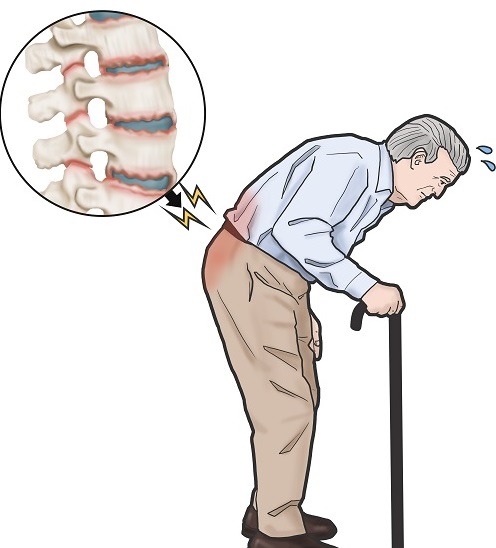Shoulder Pain Information Form
The shoulder joint is the most mobile joint of the body. It is extremely prone to injuries and diseases due to its allowing movement in six directions. As a physical therapy rehabilitation specialist, we encounter painful shoulder cases very often in our daily practice.
Who has shoulder pain?
Shoulder pain is a very common symptom in all age groups. Shoulder pain is seen as a result of impact and injury at a young age, while shoulder pain develops in later years due to degeneration (calcification). In addition, shoulder ailments due to shoulder strain are more common in some professional groups (such as carpet weavers and wall painters) and sporting activities (such as tennis and volleyball).
What are the causes of shoulder pain?
Shoulder pains can be caused by the shoulder joint itself or there may be pains reflected from another area to the shoulder. The most common cause of shoulder pains caused by outside the shoulder joint is neck hernias. The patient may feel the pain on his shoulder when the nerves leading to the arm are trapped due to the hernia of the neck. The majority of pain caused by the shoulder joint is rotator sleeve disorders caused by the muscles surrounding the shoulder joint. Rotator sleeve tears, inflammation (tendinitis) and compression syndrome are common causes of shoulder pain. In addition, calcification of the shoulder joint, traumatic shoulder dislocations, inflammatory rheumatic diseases (rheumatoid arthritis, ankylosing spondylitis), metabolic and endocrine diseases and gallbladder pains may also occur with shoulder pain.
Does shoulder pain require further examination and treatment?
If it does not pass with simple painkillers, if the severity of pain progresses over time, if shoulder pain is especially at night, if there is a history of trauma and in the presence of shoulder pain, which negatively affects daily life activities, further examination and treatment is required. Today, there are imaging methods such as ultrasonography and magnetic resonance (MRI) that can be used in the diagnosis of shoulder pathologies. Ultrasonography has the advantage over MRI in terms of dynamic evaluation of anatomical structures. In the diagnosis of intra-joint pathologies, MRI is the examination that should be considered in the foreground.
How to treat shoulder pain?
Although it varies according to the disease that causes pain, the basic principles of treatment are to avoid shoulder-to-shoulder movements, painkillers, antirheumatic drugs, exercise and physical therapy applications. Cortisone injection into the joint can be applied when necessary in treatments such as nerve blockade, PRP injection and prolotherapy.
What should be considered to get rid of shoulder pain and not get caught?
If your shoulder hurts, don't lie on the aching side.
• Place your arms on a support while sitting.
• Do not raise your arms above shoulder level often.
• Do not carry heavy loads with your arms.
• If you have shoulder pain, repeat the exercises according to your doctor's guidance.






